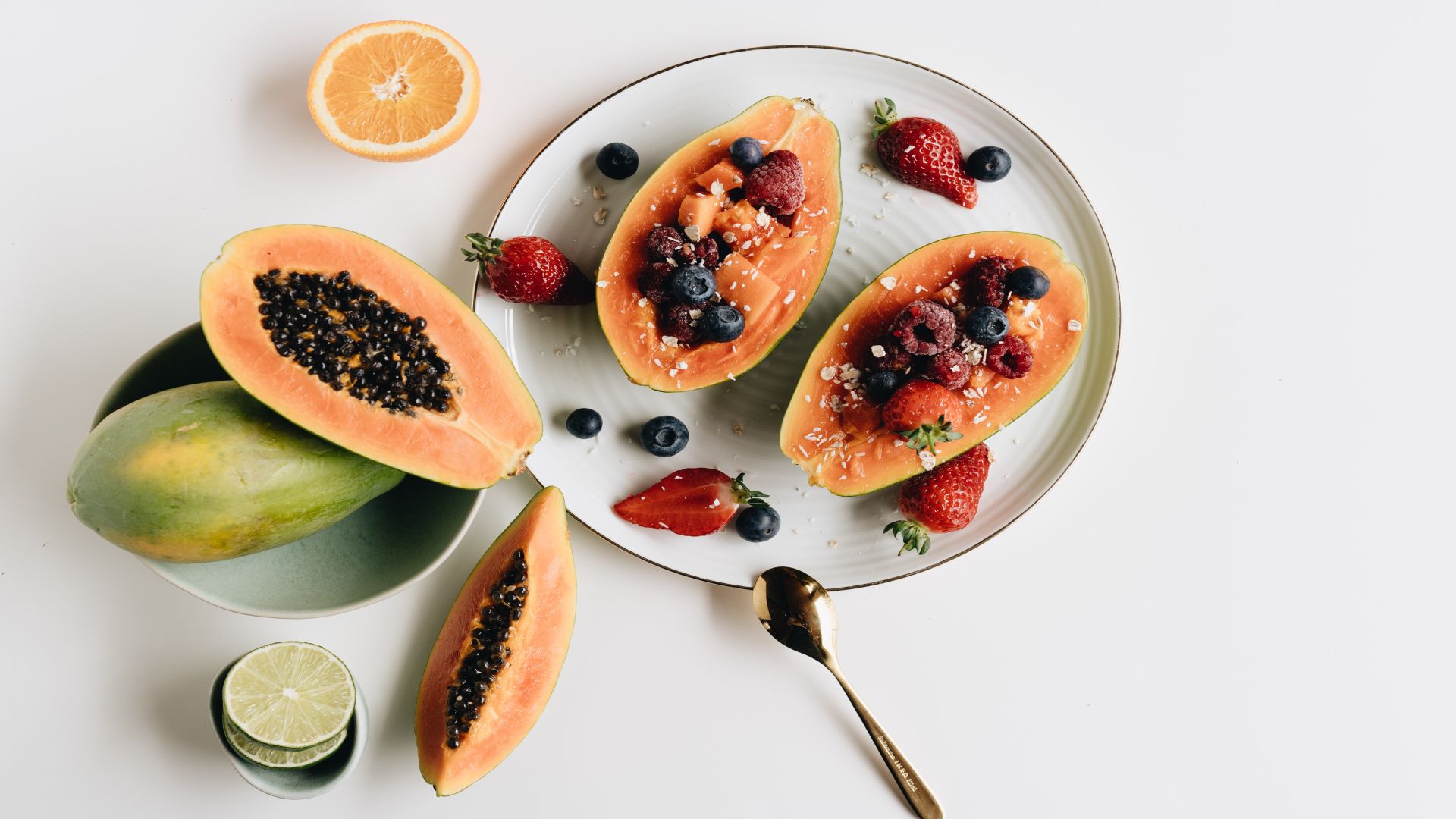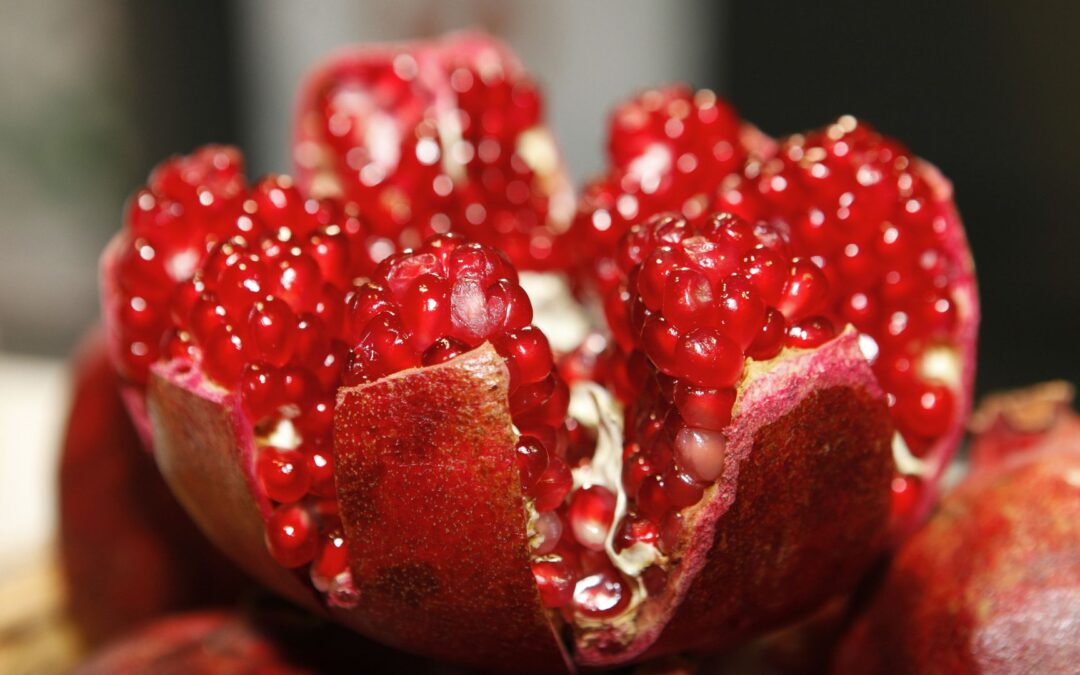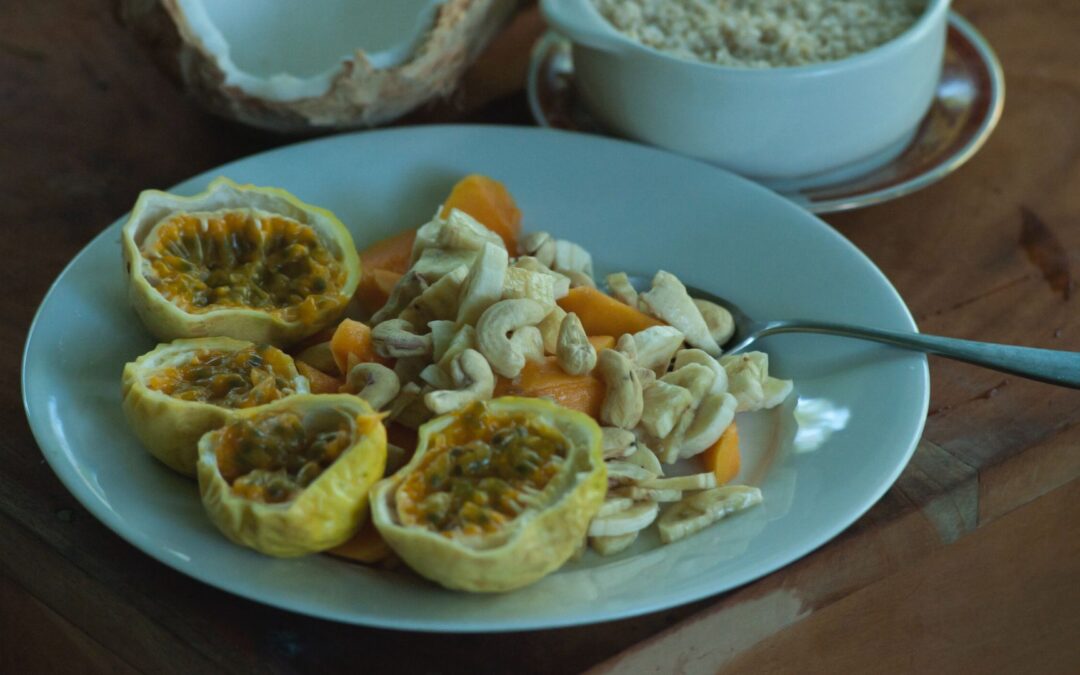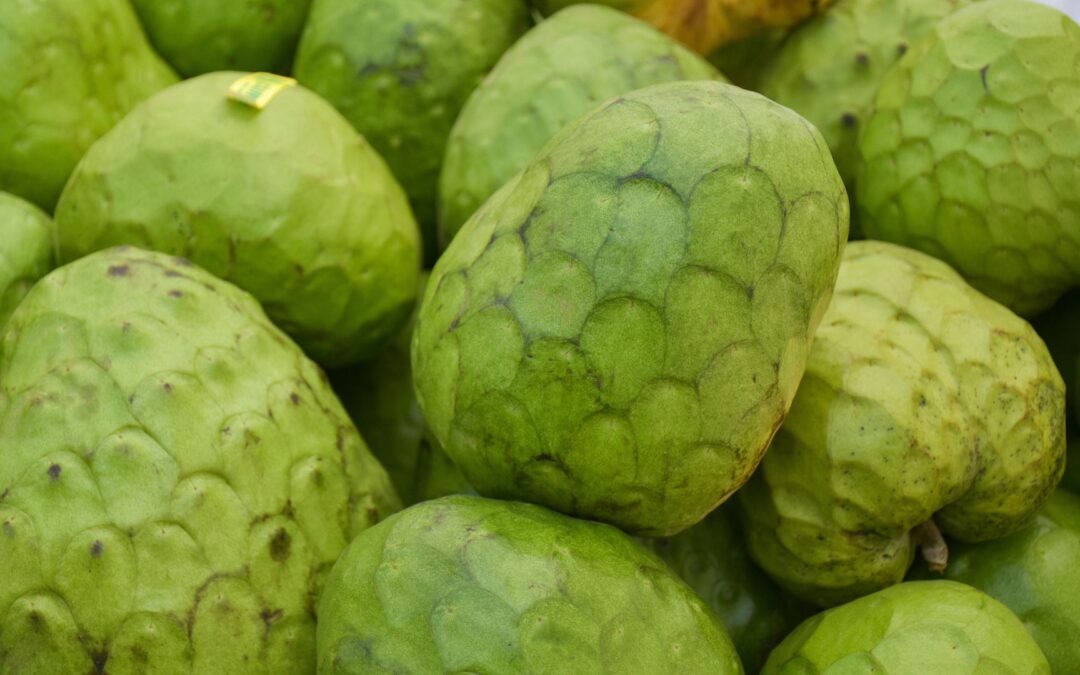Papaya, also known as Papaw, is a beautiful tropical fruit with a soft, buttery texture and a sweet juicy flavour with a slightly musky undertone. The fruit sometimes used to be referred to as a “tree melon.” Now, papayas grow all year round but they do peak at the beginning of summer and fall. A good thing about this fruit is that it is readily available as papaya trees are fast-growing and can bear fruits within 6 to 12 months.
Once an exotic fruit, papaya was originally grown in Mexico and eastern Central America. Although papaya is also naturally found in Florida and the Caribbean, Asians are also got familiarized with it by the Spanish people. Subsequently, this fruit became popular in India, extending its reach to even Europe. After being introduced to the island via the Manila galleons, papayas became a part of Filipino cuisine. It spread to Hawaii in the early 1800s and by the 19th century, all the tropics and subtropics in the world began to produce this fruit. In today’s time, papaya is a common fruit used in a wide range of cultures and dishes, from spicy to sweet.
There are different types of papaya varieties. There is red papaya, yellow papaya, and also green ones. Also, two variants of papaya: Hawaiian papaya and Mexican papaya are cultivated and sold throughout the world.
The Hawaiian papaya is small and has a pear shape. Regardless of their color, shape, or size, papayas have various delicious recipes –they can be cooked as vegetables, or can be added to salsa, salads, smoothies, and other dishes. Moreover, who does not like refreshing papaya juice on a hot summer day?
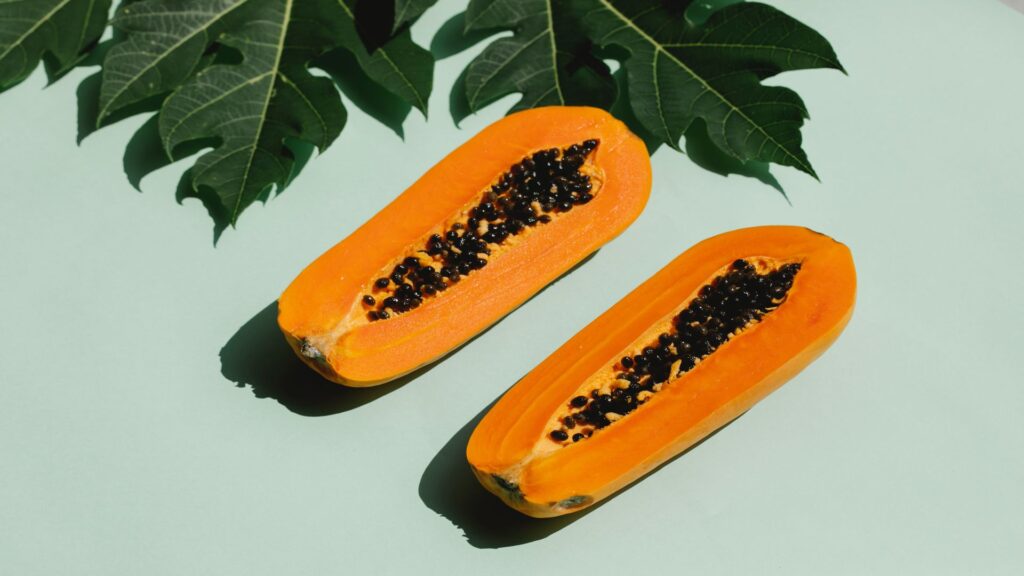
Papayas have uncountable health benefits. Nutritionally speaking, papayas are loaded with antioxidants, high in fiber, and rich in vitamins A, C, and K; small papaya contains about 300% of the recommended daily vitamin amount of Vitamin C; plus, papayas support the immune system, they are anti-inflammatory and they have a digestive enzyme called Papain that can digest protein. Sometimes, papaya is also used in the treatment of Dengue fever. So not only are they delicious but they are also good for us.
Here is an interesting fact: September is known to be National Papaya Month.

